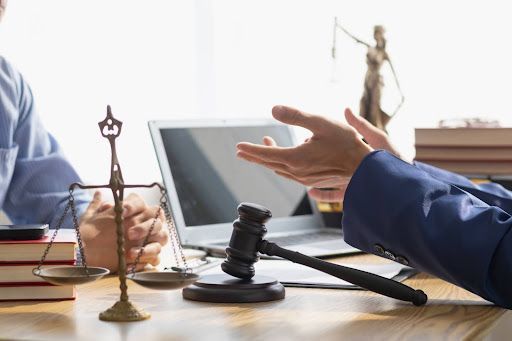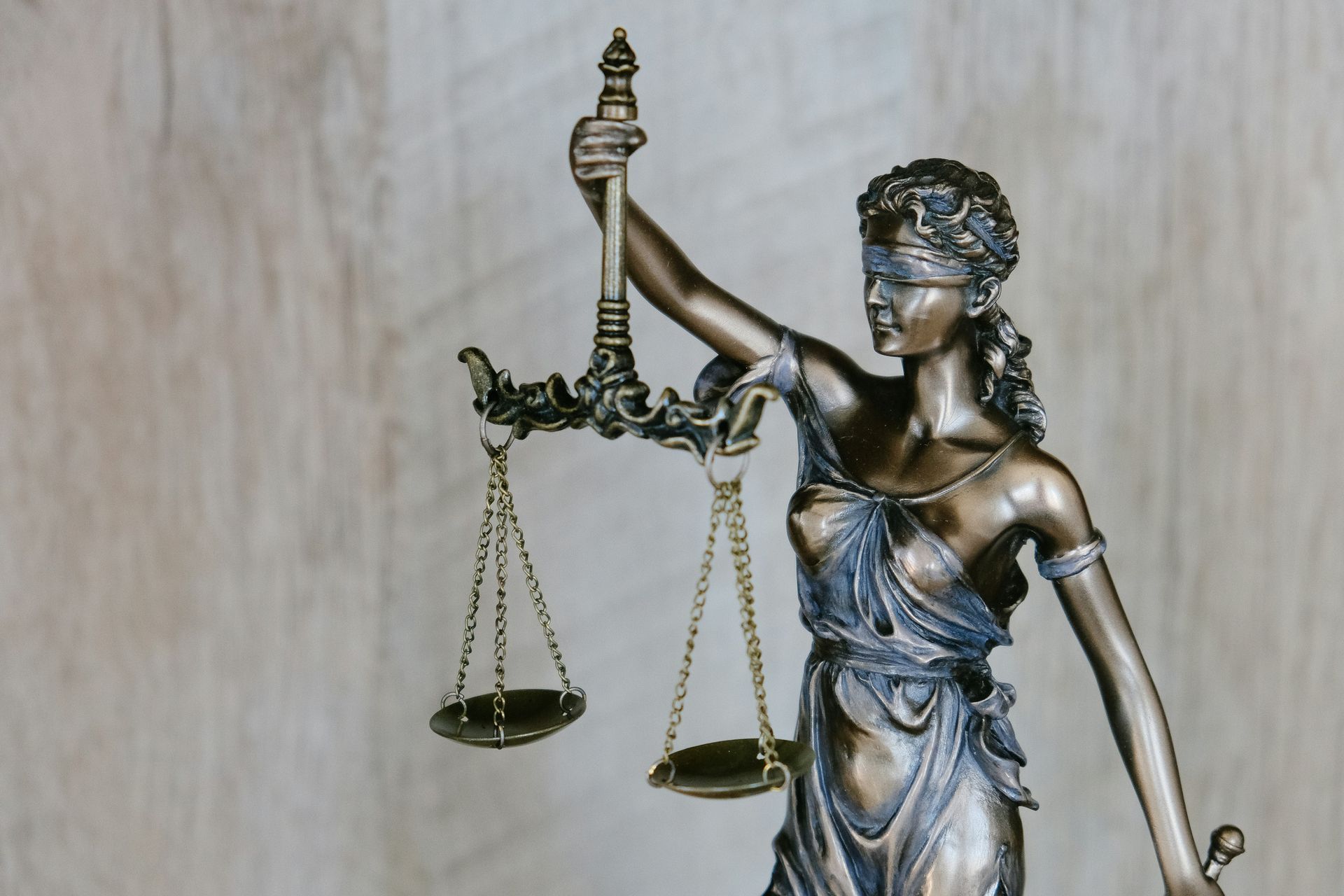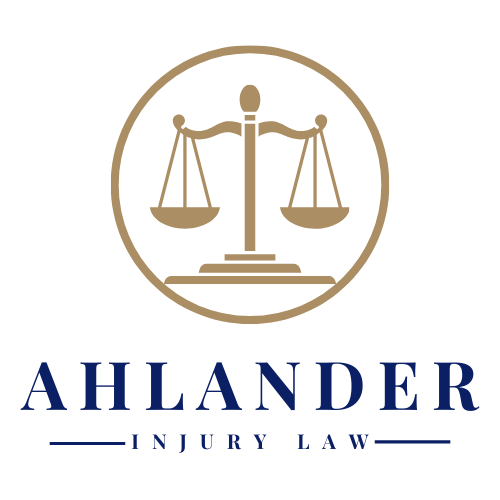Navigating Your Car Accident Claim: Steps for Successful Compensation
In the aftermath of a car accident, understanding the steps to secure compensation can be daunting. By outlining essential steps and offering practical advice, this resource aims to empower individuals to seek the compensation they rightfully deserve. From gathering evidence to communicating with insurance companies, each step is crucial in ensuring a successful outcome.
Immediate Aftermath of a Car Accident
The moments following a car accident can be chaotic and overwhelming, particularly in Las Vegas, where the roads are often bustling with locals and tourists alike. Despite the shock, it’s crucial to take several key steps immediately after the collision to ensure your safety and to strengthen your car accident claim.
Assessing Injuries and Calling for Medical Help
First and foremost, assess yourself and any passengers for injuries. If anyone is injured, call 911 to get medical help promptly. It’s important to note that some injuries, such as whiplash, may not be immediately apparent. Thus, seeking medical attention even for seemingly minor discomfort is advisable. Medical records serve as crucial evidence in personal injury claims.
Documenting the Scene
If it’s safe to do so, gather as much evidence from the crash site as possible. Use your smartphone to take photos of all vehicles involved from various angles, capturing the extent of damage and any relevant road signs or signals. If there are witnesses, ask for their contact information; their accounts can be invaluable to your claim. Make sure to also exchange information with the other driver, including names, insurance details, and vehicle registration numbers.
Reporting the Accident to the Police
In Las Vegas, as in most cities, it’s essential to report any traffic accident that results in injury or significant property damage to the police. A police report provides an official record of the incident, detailing the responding officer’s observations and any citations issued. This report is a key document when filing an insurance claim or if the case proceeds to court.
While this immediate aftermath can feel stressful, taking these steps not only ensures the well-being of everyone involved but also lays the groundwork for a strong car accident claim. Remember, decisions made during this critical time can have a lasting impact on the outcome of your claim, setting the stage for the legal processes that follow.
Initial Legal Consultations and Representation
Navigating the intricacies of a car accident claim can quickly become an overwhelming experience. Engaging a personal injury lawyer immediately following the accident is a crucial step in ensuring your rights are protected and potentially enhances your compensation. Lawyers specialized in car accidents are adept at handling the nuances of such cases, including negotiations with insurance companies and, if necessary, pursuing litigation.
One of the key advantages of having legal representation is the ease with which they can navigate the claims process. A seasoned lawyer will efficiently gather all necessary documentation, such as the police report and medical records, and file the claim on your behalf. Most personal injury lawyers operate on a contingency fee basis, meaning they only receive payment if you win your case. This arrangement not only facilitates access to legal services but also aligns your lawyer’s interests with your own.
Filing the Insurance Claim
Filing an insurance claim initiates the formal process of seeking compensation for your losses. This requires detailed documentation, including evidence of the damage to your vehicle, medical expenses, and any other losses incurred due to the accident. Your lawyer can guide you in gathering the comprehensive documentation needed to substantiate your claim.
Dealing with insurance companies can be one of the most challenging aspects of a car accident claim. It’s important to remember that each party’s insurer has its interests to protect. Your lawyer can communicate with both your insurance company and the at-fault party’s insurer on your behalf, helping to prevent any missteps that could jeopardize your claim.
Insurance adjusters play a pivotal role in the claims process, tasked with assessing the damage and determining the settlement amount. Adjusters represent the insurance company’s interests, not yours. Understand that their initial settlement offer may not fully cover your losses, which is where negotiation skills become crucial.
Investigation and Evidence Collection
A comprehensive investigation into the accident is essential for a strong claim. Your lawyer will take the lead in this process, collecting evidence ranging from medical and employment records to witness statements. Such thorough preparation is vital for substantiating your claim and ensuring you receive fair compensation.
It's also imperative to preserve evidence and to be cautious about your social media activity post-accident. Posts or pictures could inadvertently undermine your claim if they depict activities that contradict the injuries alleged.
This phase of the claim process lays the groundwork for either a successful settlement negotiation or, if necessary, litigation. With the right legal representation, you can navigate these steps more effectively, ensuring you are well-prepared for what lies ahead.
For those navigating the complexities of a car accident claim, assistance is within reach.
Contact Ahlander Injury Law today to ensure your journey towards successful compensation is guided with expertise and care.





